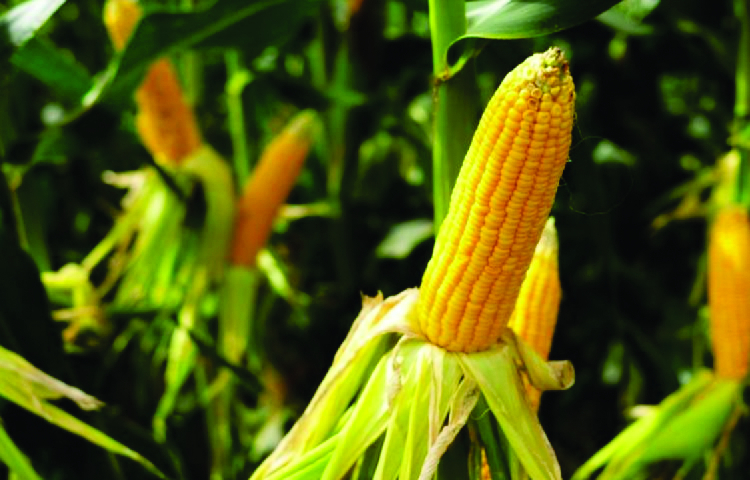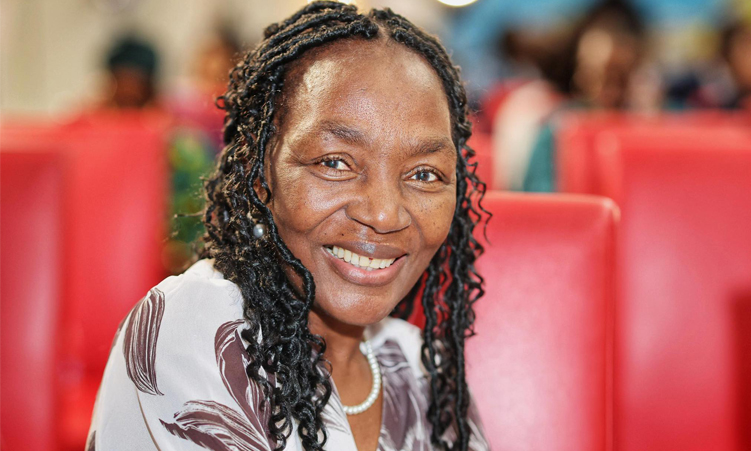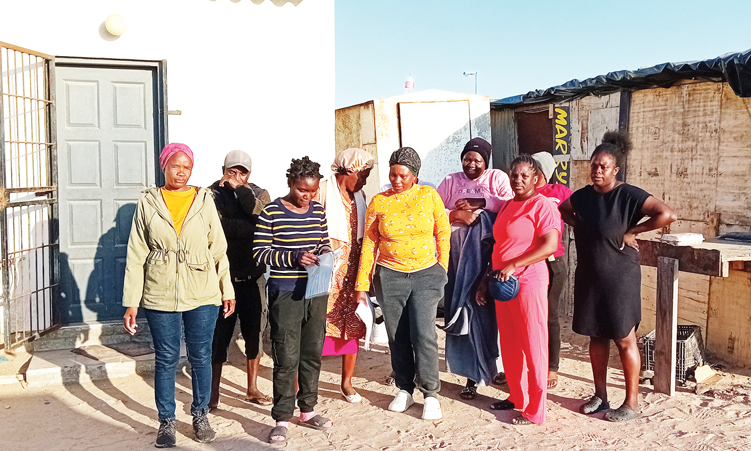Harvesting at the Musese green scheme in the Kavango West region has started, and Winni Metzger, who privately runs the project, says he is expecting to harvest 4 000t of maize.
Metzger, who is also a professional borehole driller, says harvesting started about two weeks ago and is set to last 14 days.
Planting started in November last year.
A massive combine harvester, worth about N$8 million, is used to harvest the 15 maize fields at Musese.
Metzger says the harvesting has also brought in 20 to 30 of his employees, collecting combs in the fields which the combine harvester may have missed.
After harvesting, he says he would put about head of 700 cattle in the fields to feed on the harvested maize stalks.
In total, Musese has about 103 full-time employees.
Metzger has also expressed his delight about the high water levels of the Okavango River, ensuring the green scheme receives enough water.
He says rainfall has been insufficient in the region, but because of good rainfall in southern Angola, the river has received enough water.
Musese has nine small-scale farmers, whose maize fields are being irrigated because of late planting, Metzger says.
In an effort to produce more food, the scheme has in recent years embraced applying clay with lime and finer material to the fields.
Metzger says food security and shared prosperity can only be achieved if nutrients are added to the soil so that it produces more.
Clay soil is extracted from a site next to one of the green scheme’s fields close to the Okavango River.
It is then spread onto the dry fields, after which the fields are irrigated so that the clay mixes well with the trampled maize stalks, cattle urine and dung.
Metzger advises all green schemes to do the same, so that food production in the country is enhanced.
Inaugurated in 1977, Musese also hires about 200 temporary employees to assist with other activities.
The main aim of establishing green schemes in Namibia is to achieve food security and to educate future generations on sustainable farming.
Stay informed with The Namibian – your source for credible journalism. Get in-depth reporting and opinions for
only N$85 a month. Invest in journalism, invest in democracy –
Subscribe Now!










